
Slide 1: If the walls of your home could talk, what would they say?

Slide 2: If your home was built before 1978, there’s a good chance that they would mention “lead paint.”
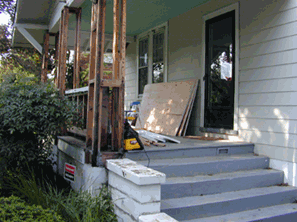
Slide 3: Thinking of renovating your home? If lead paint is present, common renovation activities like sanding or scraping to remove paint, replacing windows or kitchen cabinets, and cutting into walls can create hazardous lead dust, fumes, and chips.

Slide 4: In the 1990s, EPA conducted a study to find out how renovations in homes with lead paint affected children. The study found that children living in a residence where renovations had been conducted in the last 12 months were 30 percent more likely to have elevated blood-lead levels than children who did not live in a residence where renovations had been conducted.

Slide 5: In children, even low levels of exposure to lead can cause a host of developmental effects such as learning disabilities; decreased intelligence; and speech, language, and behavioral problems.
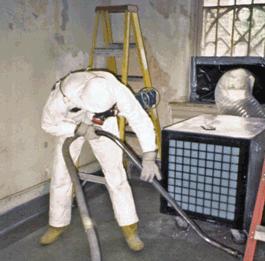
Slide 6: It’s important to identify lead-based paint before renovations take place. Then you can make sure the work is done in a way that minimizes risks to both the people living in the home and the people performing the renovations.
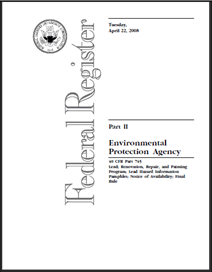
Slide 7: In 2008, EPA issued the Lead Renovation, Repair and Painting Program rule requiring lead-safe work practices to reduce the risk of lead poisoning. Contractors must contain the work area, minimize dust, and clean up thoroughly.
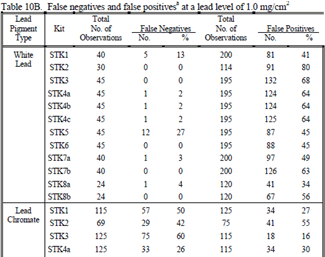
Slide 8: EPA’s rule includes a program to ensure the reliability of test kits used to determine whether lead-based paint is present. A test is not reliable if gives too many false negatives—that is, the test is negative for lead, but the true value is above a selected level for lead in paint—or too many false positives—when the test is positive but the true value is below the selected level. This table shows results from a National Institute of Standards and Technology evaluation of lead paint test kits in 2000.

Slide 9: How do lead paint test kits work? Some spot test kits are based on color changes that occur when lead reacts chemically with another chemical substance. For example, lead reacts with sodium sulfide to produce a gray or black color. Lead reacts with sodium rhodizonate to give a pink or red color.

Slide 10: Since 2004, EPA's Lead Paint Action Team has been working with small businesses to develop and commercialize new lead paint test kits that are reliable, easy to use, and inexpensive. Promising new lead paint test kits rely on biochemical reactions to detect lead. One test kit uses a solution to extract lead from a paint sample, and then measures the concentration of extracted lead with an immunoassay test strip

Slide 11: Another kit uses catalytic DNA that fluoresces in the presence of metal ions. Lead is detected using a portable fluorimeter then measures that measures the level of fluorescence after a prepared lead paint sample is passed through DNA enzyme sensor, or using a dipstick sensor that changes color based on the reaction between the catalytic DNA and gold nanoparticles.
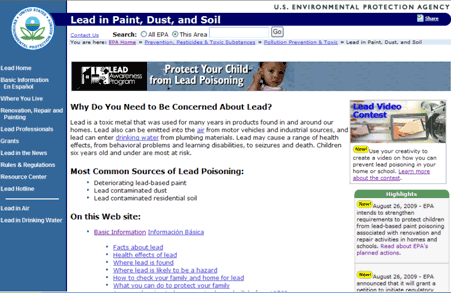
Slide 12: Click to learn about how EPA’s Environmental Technology Verification (ETV) Program is verifying the performance of the improved spot test kits for lead in paint. To find out more about testing for the presence of lead, and safe renovation and repair, visit www.epa.gov/lead.